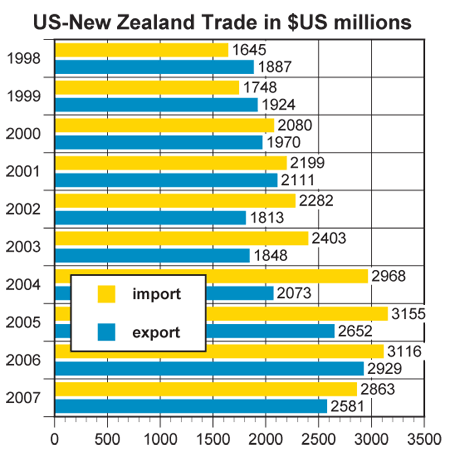
G’day Mate: What’s in store for Australia-US trade two years after AUSFTA?
The implementation of the Australia-US Free Trade Agreement (AUSFTA) in 2005 eliminated or reduced tariffs on many commodities to induce trade between the two countries. But has the agreement delivered as promised and with the US pitching about in the economic doldrums, what’s the future look like for US-Australian trade?By George Lauriat, AJOTBy chance if you were shopping in your local supermarket in LA or the Big Apple, you might have come across an unusual promotion, “G’Day USA.” Australia’s largest foreign country promotion is held annually in the US to introduce Australian products directly to the American consumer. The promotion (January 2-31) features more than forty Australian businesses displaying their specialty food and wine products in supermarkets in Los Angeles and New York. It’s a high-end affair, aimed at taking a bigger slice of the US boutique food business. In New York, Citarella is hosting a “Down Under” promotion for a second year that includes all seven stores across Manhattan and the Hamptons. On the West Coast, Bristol, the Los Angeles-based upscale supermarket chain, is showcasing Australian gourmet food and wine in its fifteen stores. The promotions feature food items such as Wagyu beef, lamb, olive oils, fruit paste, cheeses, seafood and wine provided by some forty Australian food exporters.
The “G’Day USA” promotion is notable for a number of reasons. Firstly, it is aimed at America’s top specialty food retailers – a high-end business, that is a tough cookie to crack. Secondly, the promotion must be taken within the wider context of the bilateral Australia-US Free Trade Agreement, which entered force in 2005 and Australia’s overall trade position. The products being touted include among others, Greg Norman’s Signature Wagyu Beef, Brookfarm macadamia mueslis, nuts and oils, Valley Produce Company truffle infused honey and fruit pyramids, Red Island and Yellingbo olive oils, King Island and Dairyvale cheeses.





